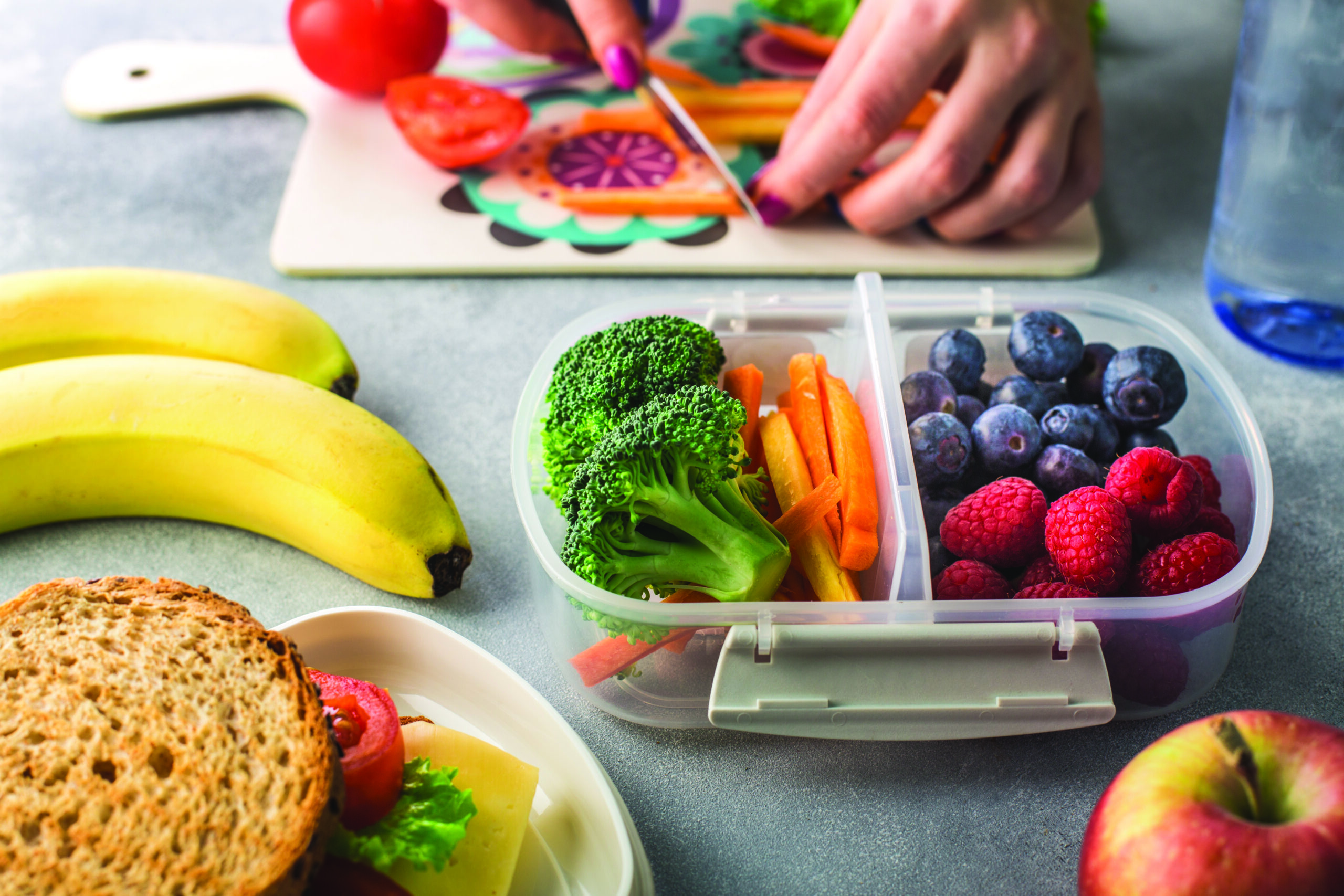by Caitlin O’Donnell
When we think of processed foods, we think of foods like pre-packaged crackers or sausage. However, the USDA defines “processed” as a food with any changes to its natural state. “Changes” can include washing, cutting, freezing or putting food in a package. It can also mean that the food has added preservatives, salt, sugar, fats or other additives. This definition means that almost every food we consume is processed.
The NOVA classification splits processed food into four categories: minimally processed, processed culinary ingredients, processed foods and ultra-processed foods. Processed culinary ingredients include items like sugar, butter, oil and vinegar. Below are some examples that illustrate the various classifications of processed foods.
Despite its bad reputation, processing is beneficial in many ways. For example, cooking and pasteurizing kill harmful bacteria and prevent illnesses. Processing can make food last longer, reducing food waste and stabilizing our food supply. Many processed foods have added vitamins and minerals to decrease the likelihood of nutritional deficiencies or replace nutrients lost in processing. Generally, most foods that don’t undergo chemical processing are not significantly less healthy than whole foods. Chemical processing includes adding color, sweeteners, artificial flavors, etc.
However, there are several ways that processing can be harmful. Although adding salt and sugar to food makes it last longer, large amounts of those ingredients cause inflammation. Inflammation can cause anxiety, depression, gastrointestinal problems, insomnia and more. The New York Times reports that those who get 60% of their calories from ultra-processed foods experience cognitive decline 28% more quickly than those who eat more whole foods.
According to Medical News Today, highly processed foods significantly contribute to obesity because they comprise 25%-60% of the average person’s diet. Eating too much salt and sugar makes the body crave more salt and sugar, making it necessary to consume more calories to meet their nutritional needs. Some other common preservatives include sodium benzoate, potassium sorbate, ascorbic acid and tocopherols.
Highly processed foods also often contain artificial colors, sweeteners, flavors and texturing agents. Food manufacturers are not required to disclose what is included in their artificial flavors, but it is usually a blend of chemicals. Emulsifiers, like soy lecithin and monoglycerides, prevent foods from separating. For example, without emulsifiers, the oil in peanut butter will separate and float to the top. Xanthan gum, pectin, guar gum and carrageenan are commonly used to thicken foods. Many of these additives harm gut bacteria. A lack of diversity in gut bacteria can contribute to depression, diabetes, obesity, neurodegenerative disorders and more.
Ultra-processed foods also often contain refined carbohydrates, which do not keep a person full for as long as healthier carbohydrates do. Fiber is lost in processing, so the body can quickly break refined carbohydrates down. That means the person will be hungry more frequently and consume more calories overall. Fiber also helps feed healthy gut bacteria.








Leave A Comment